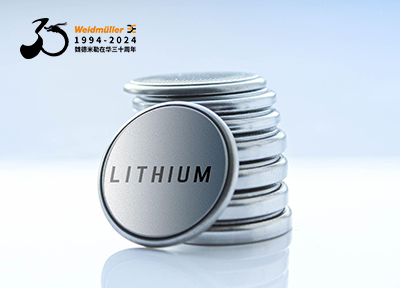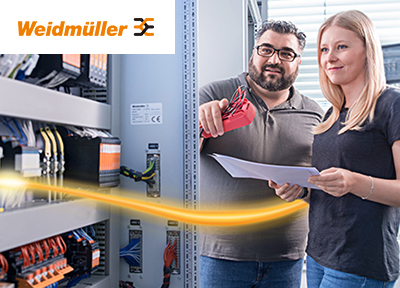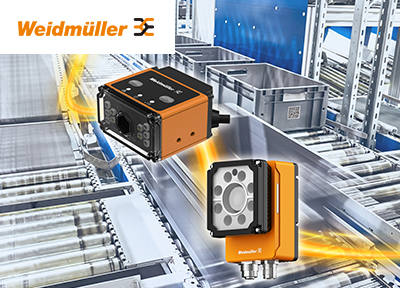Like a round peg in a square hole, end-users can face incompatibility when designing and deploying 24 V auxiliary power on the factory floor. In response, ODVA is creating a "Power with Ethernet" specification for ODVA's networks based on Common Industrial Protocol (CIP). The 24 V dc auxiliary power specification is expected this month, according to reports made at the 2009 CIP Networks Conference & 13th Annual Meeting, Feb. 24–26.
The 24 V dc output power from an EtherNet/IP compatible

Total current in the systemwww.cechina.cn, as seen by power supply PS1, is the sum of the currents at each device (load): ltotal = IL1 + IL2 + IL3. The "Auxiliary Power..." paper mentioned above explains voltage drop and other calculations.
The power (actually 18–24 V dc depending on distance from the source) would operate e-stops控制工程网版权所有, I/O sources and devices, actuators, and controllers—all of which may need more power than PoE or PoE-Plus wire can deliver, explains Lounsbury, who is also a principal engineer at Rockwell Automation. Work on the specification has involved several ODVA CIP groups, including the DeviceNet Physical Layer SIG. That group began considering 24 V dc power for CIP devices five years ago控制工程网版权所有, covering topology, cablewww.cechina.cn, and connectors. (The system is designed to provide no less than 18 V dc.)
Among details expected in the specification are support for:
Star, linear, and daisy chain topologies;
4-pin mini and micro connectors; and
5-pin IP67 connectors (compatible with Profibus).
Safety also is being considered, Lounsbury says, by ensuring male pins wouldn't be exposedwww.cechina.cn, and trying to make sure damage wouldn't occur if cables were accidently plugged in where they shouldn't be.


 在线会议
在线会议 论坛
论坛 专题
专题 工控直播
工控直播 新闻中心
新闻中心 子站
子站 技术
技术 社区
社区


 剑维软件电子半导体行业白皮书有奖下载
剑维软件电子半导体行业白皮书有奖下载 魏德米勒麒麟系列产品赋能本土工业
魏德米勒麒麟系列产品赋能本土工业 Fluke 283 FC 智能万用表震撼来袭
Fluke 283 FC 智能万用表震撼来袭 SugonRI2.0工业编程平台免费有奖试用
SugonRI2.0工业编程平台免费有奖试用 IDEC HR8S系列新一代安全继电器有奖试用活动
IDEC HR8S系列新一代安全继电器有奖试用活动



























